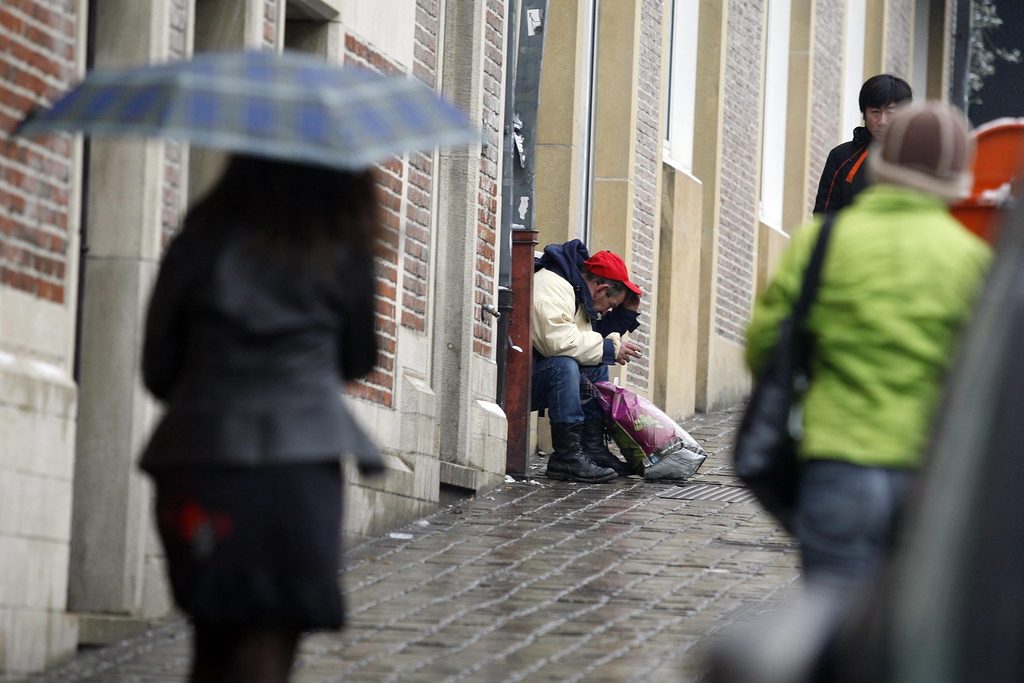One in five children in the world’s 40 wealthiest nations live in poverty, according to a new report by the United Nations Children’s Fund (UNICEF).
UNICEF notes that the global economic recovery that followed the 2008 recession and the COVID-19 pandemic has led to a drop in global poverty. In the 40 member countries of the Organisation for Economic Co-operation and Development (OECD) and the European Union, the number of children living in poverty went down by 8% between 2014 and 2021.
However, that still leaves a staggering 69 million children living below the poverty line.
UNICEF stresses that a country does not need to be extraordinarily wealthy to tackle poverty.
For instance, Poland, one of the poorest EU countries, has managed to reduce child poverty by 38%, while substantial decreases of over 30% were also seen in Slovenia, Latvia, and Lithuania.
In stark contrast, the UK, which has the highest income on the list, has seen child poverty increase by 20% since 2014.
Countries such as Poland “prioritise tackling child poverty in their policies,” says UNICEF spokesperson Philippe Henon, highlighting this as a key to success.
Belgium ranks 12th on the poverty list, with structural poverty affects 11.9% of children in the country. Without its social security system, this figure would be much higher, according to UNICEF.
The main challenge remains housing – in 2020, 18.3% of Belgian children lived in unsanitary homes, featuring issues such as damp and mould.
Related News
- 'Lagging behind': Brussels has the lowest salaries in Belgium
- Child poverty in Flanders more than doubles in 20 years
- People on living wage must register as jobseekers or risk sanctions
However, the problem transcends national borders. “As the economy recovers, the most vulnerable are left behind,” warns Henon.
Child poverty was widespread during the recessions. Today, children living in single-parent families are three times more likely to live in poverty in the countries under review, and even five times more likely in Belgium.

